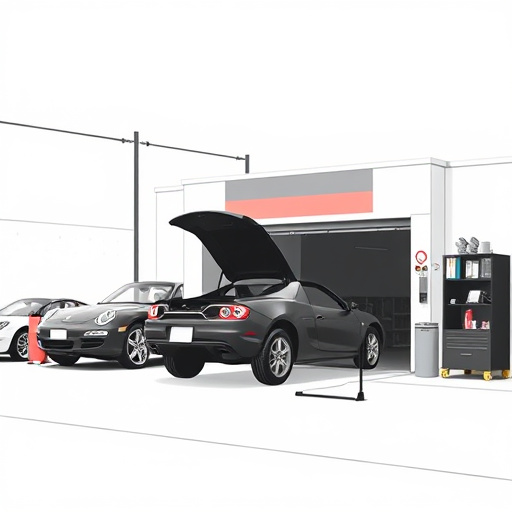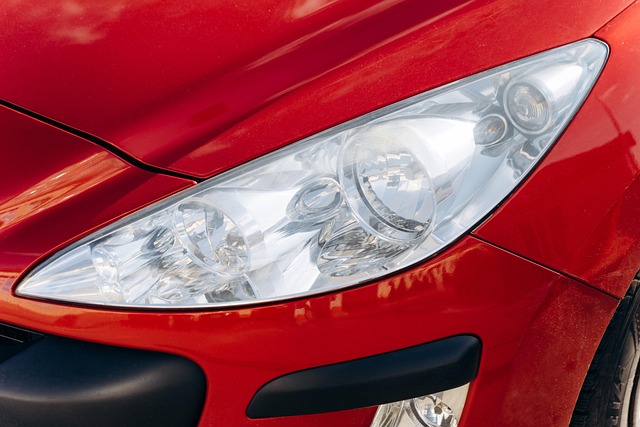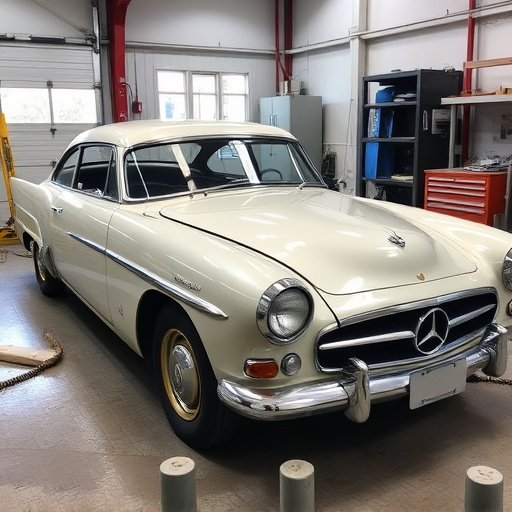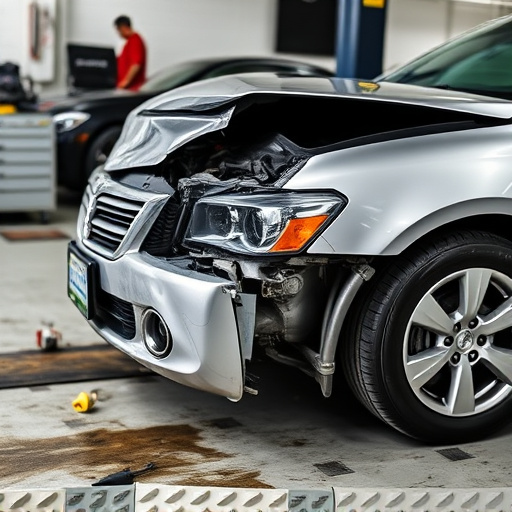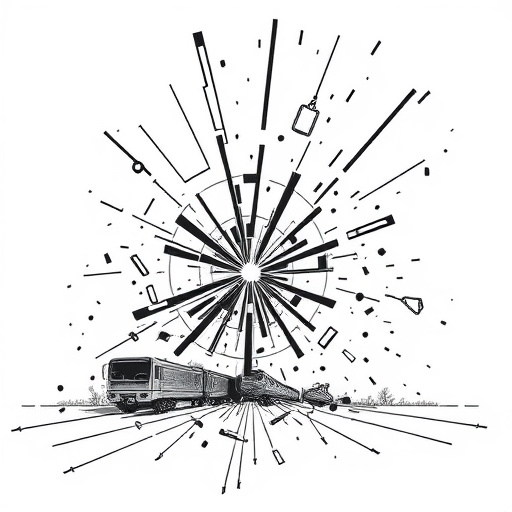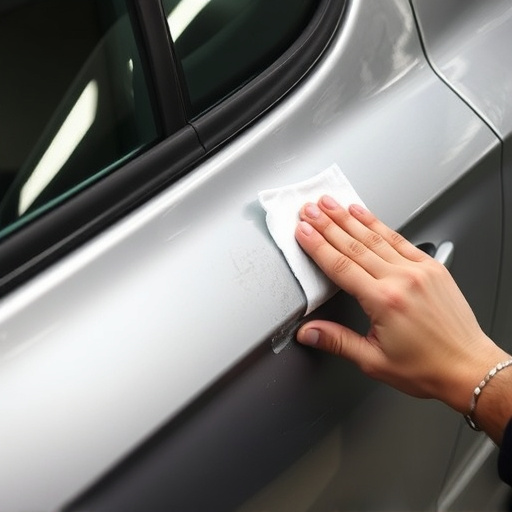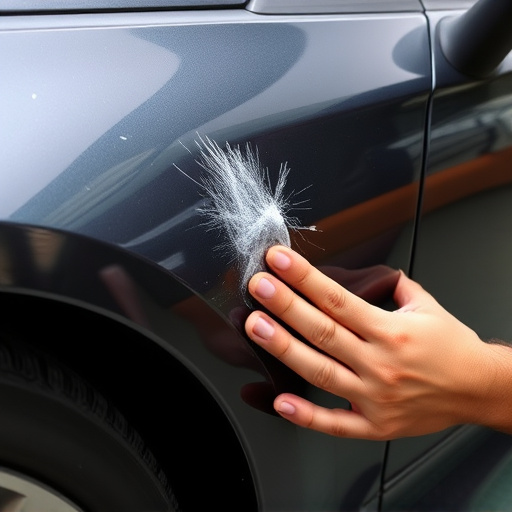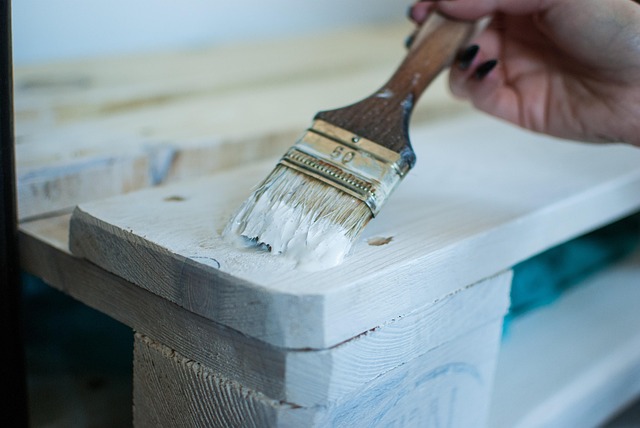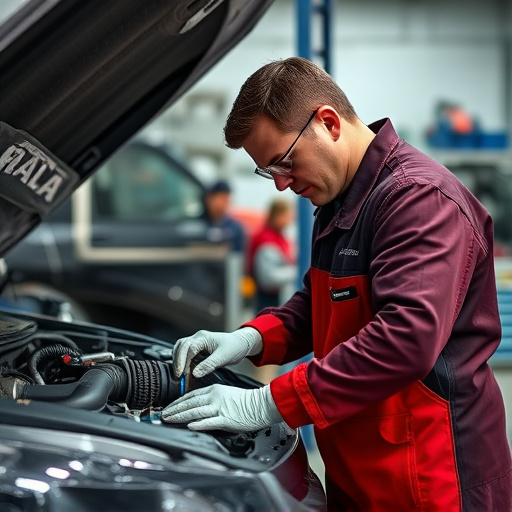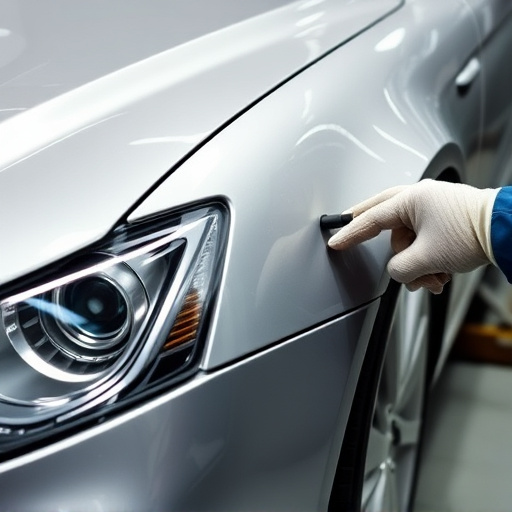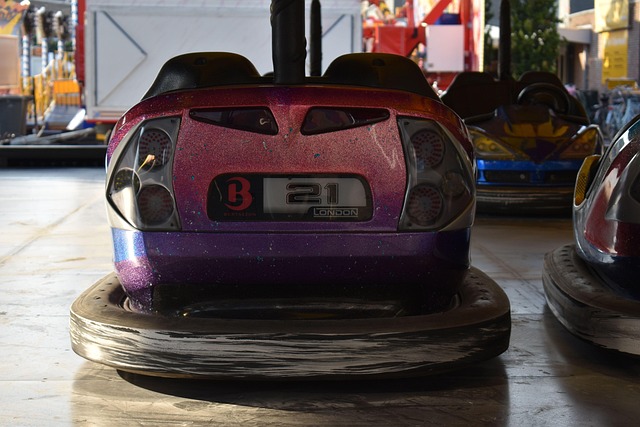The meticulous "tear-down process" is crucial for accurate assessing & estimating commercial vehicle damage, beyond visible cosmetic issues. Skilled technicians meticulously examine every component—from chassis to engine—to identify hidden damage, ensuring precise repairs tailored to fleet needs. This step-by-step guide starts with exterior documentation, systematically removing body panels to inspect underlying structures and mechanicals, facilitating effective collaboration between business owners & repair specialists for comprehensive "tear down for estimate".
“In the realm of commercial vehicle damage assessments, a meticulous ‘tear down’ process is pivotal for accurate estimates. This methodical disassembly reveals crucial components and their condition, enabling thorough inspections. By understanding the tear-down process and key components involved, professionals can create precise estimates. Our article guides you through this step-by-step journey, from unraveling the vehicle’s inner workings to crafting reliable damage assessments, ensuring efficient repairs and cost-effectiveness.”
- Understanding the Tear Down Process for Commercial Vehicles
- Components to Consider During Damage Assessment
- Creating Accurate Estimates: A Step-by-Step Guide
Understanding the Tear Down Process for Commercial Vehicles
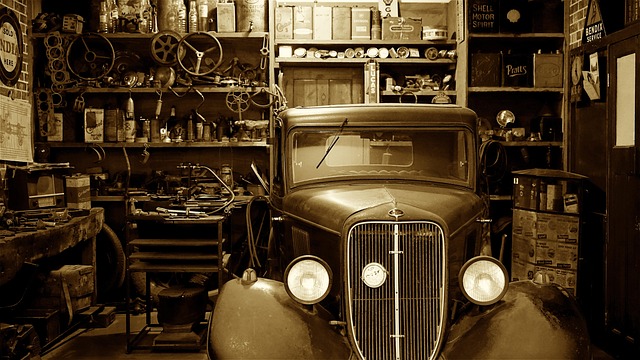
The tear down process for commercial vehicles is a meticulous procedure that involves systematically disassembling the vehicle to assess its structural integrity and identify any damage. This methodical approach is crucial when estimating repairs, especially in cases where the harm extends beyond visible cosmetic issues. Every component, from the chassis to the engine, is carefully examined to determine the extent of the damage, facilitating an accurate estimate for commercial vehicle owners.
In a collision center or auto dent repair shop, skilled technicians perform a thorough tear down to access hidden areas and components often obscured by the vehicle’s exterior. This process reveals the true scope of the restoration required, encompassing everything from car restoration work on the body panels to ensuring the safety systems are intact. By understanding the intricate details of this procedure, business owners can collaborate effectively with repair specialists, resulting in precise estimates tailored to their commercial fleet needs.
Components to Consider During Damage Assessment
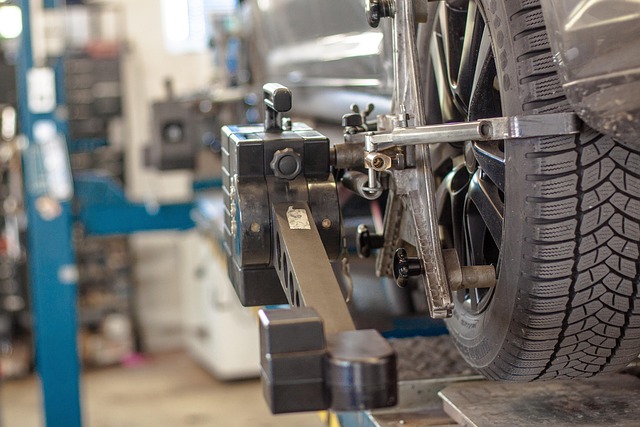
When conducting a tear down for estimate on commercial vehicle damage assessments, several key components must be considered to ensure an accurate and comprehensive evaluation. The first step involves meticulously examining the exterior and interior of the vehicle, identifying any visible signs of damage, including dents, scratches, cracked or broken parts, and fluid leaks. This visual assessment is crucial as it provides a foundational understanding of the extent of the damage.
Beyond the surface-level inspection, a thorough tear down requires delving into the various systems that comprise the vehicle. This includes scrutinizing the auto bodywork, suspension, engine, transmission, electrical components, and more. Each element must be inspected for both structural integrity and potential functional impairments. By combining detailed visual analysis with a breakdown of critical systems, professionals can offer a precise estimate for vehicle repair services, ensuring that every aspect of the auto body work is accounted for in the final cost.
Creating Accurate Estimates: A Step-by-Step Guide
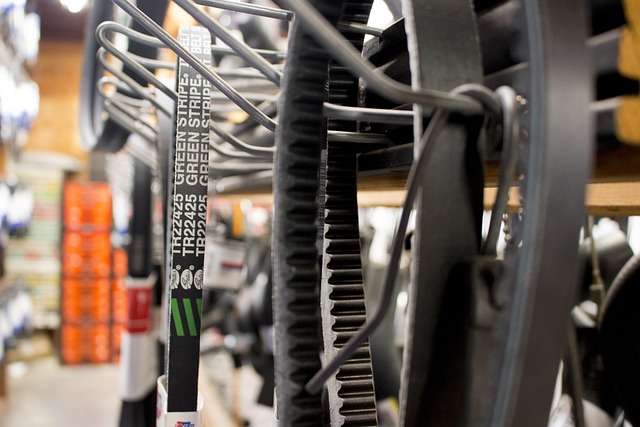
Creating accurate estimates for commercial vehicle damage assessments involves a meticulous tear-down process that breaks down each component and system for thorough inspection. This step-by-step guide ensures that every detail is considered, from the frame and chassis to the engine, transmission, and even the interior.
First, thoroughly inspect the vehicle’s exterior, documenting any visible damage, including dents, scratches, or broken glass. Then, perform a complete tear-down of the car bodywork, revealing underlying components for closer examination. This process includes removing doors, fenders, and other body panels to assess hidden dings, rust, or prior repairs. Next, focus on the auto collision repair of the frame and chassis, checking for alignment issues, damage to suspension systems, and any structural weaknesses. Finally, examine the vehicle’s mechanicals, such as the engine, transmission, and brakes, to identify functional damage or wear-and-tear that might not be immediately apparent. This comprehensive approach ensures estimates are precise, allowing for effective budgeting and repair planning for commercial fleet owners.
The process of accurately assessing and estimating commercial vehicle damage involves a meticulous “tear down” method. By carefully dissecting and examining various components, professionals can create precise estimates. This structured approach, as outlined in this article, ensures that every aspect is considered, from the chassis to the engine, enabling efficient repairs and cost-effective solutions for businesses. When conducting tear-down assessments, focusing on key components and following a systematic guide leads to reliable estimates, ultimately streamlining the post-damage restoration process.

